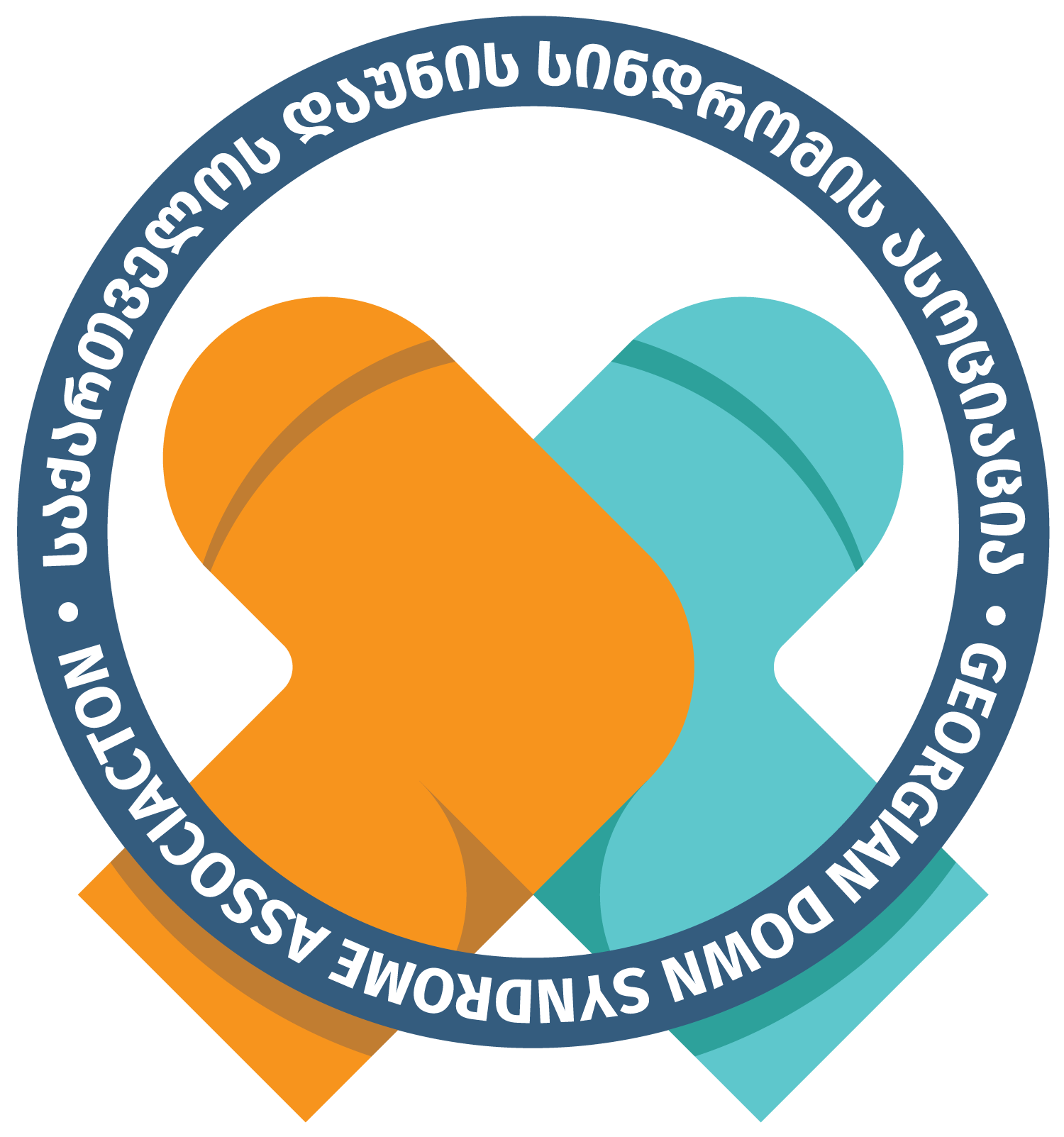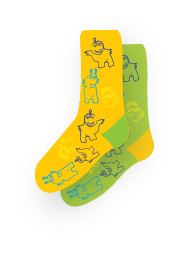What is
Down Syndrome?
Down
syndrome, also known as trisomy 21, is the most common genetic disorder.
It is caused by a change in the number of chromosomes.
Down
syndrome is a natural human condition, not a disease. Syndrome, or a
combination of symptoms that have a common cause. Down syndrome is not
inherited genetically.
Down
Syndrome Statistics / Prevalence
According
to statistics, one in every eight hundred children worldwide is born with Down
syndrome. People with Down Syndrome can be found everywhere, anywhere in the
world, in any ethnic, cultural or social group.
Who
diagnosed and described Down Syndrome
In
1866, the English physician John Langdon Down first described the
characteristic feature of this syndrome, which was later renamed Down Syndrome.
In
1959, the French geneticist and pediatrician Jerome Lejeune discovered that in
the case of Down syndrome, the 21st pair of chromosomes contained an extra
chromosome. Accordingly, each cell consists of 47 chromosomes instead of 46. On
chromosome 21, instead of two, three chromosomes are laid out, so it is
otherwise called free trisomy or trisomy 21 (trisomy or trebling).
What is
a chromosome?
The
chromosome is part of the cell nucleus. Genes are located along its entire
length, which contains information containing the hereditary traits of the
organism and through which this information is passed from one generation to
another. Humans have 46 chromosomes in each cell, 23 pairs in which one
chromosome is maternal and the other is paternal.
Forms
of Down syndrome
Trisomy
21 is the most common form and is found in 95%. There are two more other forms
of Down syndrome:
• Translocation, which occurs in 3-4%
of cases. In this case, extra chromosome 47 is not "free" and goes to
any other chromosome.
• Mosaicism, which is very rare and
is found in 1-2%. At this time, some cells contain 47 chromosomes and some contain
a normal number of chromosomes - 46.
Signs
of Down Syndrome
It is
the above, additional genetic material that creates the characteristic feature
of Down syndrome and is found in 47-82% of cases:
• Indirect eyelid wrinkle (epicanthic
fold)
• Flat profile of the face (lunar
shape)
• Different shape of the ear canal
(small, wrinkled ear attached to the skull)
• Flat back of head, head
(brachycephaly)
• Open mouth with access to the
corners of the lip
• Macroglossia (large tongue)
• Narrow high domed palate (Gothic
palate)
• Dysplasia of the middle phalanx of
the fifth finger, clinodactylya (5th finger’s bent)
• Transverse crease of the palm
• Hypermobility of joints
• Sandalwood wrinkle on the ankle
• Separately standing big toe
• Hypotension (impaired muscle tone)
• Small white spots on the colored
membrane of the eye (brushfield spots)
Down
syndrome is often characterized by intellectual disorders, which can be mild or
moderate. However, every person with Down Syndrome is an individual, a unique
person who may or may not have the listed signs / characteristics at different
frequencies and degrees.
The
question is often asked, how does an extra chromosome appear in a cell?
It is
believed that the presence of an extra chromosome is the result of an incorrect
division of the cell, when the division of germ cells, ovum or sperm
(meiosis) does not cause the 21st pair of chromosomes to be separated from each
other. Then, when two 21 chromosomes “stick" to each other, a trisomy
zygote is formed after fertilization (zygote-fertilized ovum).
The
cause of trisomy has been the subject of study by geneticists / scientists for
many years. Numerous theories were discussed, none of which were proven. The
reason why chromosome pairs do not separate from each other and why the process
of cell division is disrupted is still unknown and has been the subject of
research for more than a century.
Mothers
often think that various viral infections, pathologies, medications, or
abnormalities transmitted during pregnancy have caused a chromosomal change in
the fetus, when in fact the ovum or sperm already contained extra chromosomes
in the 21st pair before fertilization!
The
birth rate is higher among young women. Births of children with Down syndrome
are common in this age group. In general, the likelihood of developing genetic
disorders increases with age. The age of the parent is only a risk factor
and not a direct cause!
For a
link between parental age and Down syndrome, see the following link:
https://www.cdc.gov/ncbddd/birthdefects/downsyndrome.html#ref
Life
expectancy
The
development of medicine has radically changed the pre-existing condition. The
introduction of laboratory and instrumental research has enabled physicians to
detect and eliminate health problems and diseases in a timely manner. In recent
years, the main cause of death has been inability to diagnose, lack of surgery
and antibiotic therapy.
Today,
the life expectancy of people with Down Syndrome has increased significantly,
which has been facilitated by proper and timely medical supervision and
increasing access to the medical services they need. As a result, life
expectancy is about 60 years. This means that life expectancy is the same as
the average in the general population. Numerous people have reached even 80
years.
For
more information follow the link:
https://academic.oup.com/eurpub/article/17/2/221/435114
development
People
with Down Syndrome, like all of us, have different abilities about which a
certain part of society does not have enough information. There are a number of
old, erroneous opinions. Their capabilities have been significantly changed and
enhanced through the involvement of family members, early development
assistance, and community integration. People with Down Syndrome learn and
develop at their own pace. Today, children with Down Syndrome go to public
kindergartens and schools to learn to read and write. They can swim, draw,
dance, play, sing and more. They can lead independent lives, study and work,
succeed in sports and the arts. Many of them get married and spend time with
dignity in a circle of loved ones.
It
should be noted that awareness rising has significantly reduced the incidence
of newborn abandonment by parents due to Down syndrome.
Diagnosis
of Down syndrome
There
are prenatal (pregnancy) screening tests, which are conducted in the first and
second trimesters of pregnancy, so-called double and triple test. The possible
risk of chromosomal abnormalities in the fetus is assessed taking into account
the blood plasma analysis of pregnant women, ultrasound examination and the age
of the mother.
None of
the screening tests have a final diagnostic value or an accurate diagnosis is
made based on them. In case of changes found in the results of the study, the
obstetrician-gynecologist, geneticist determines whether the pregnant woman
needs further research, chorionic villus sampling (CVS) and amniocentesis. It
should be noted that these methods are associated with certain risks, such as
spontaneous abortion.
As for
the diagnosis of the postnatal period, cytogenetic examination is performed
after the birth of the child: Chromosome analysis or karyotype determination.








